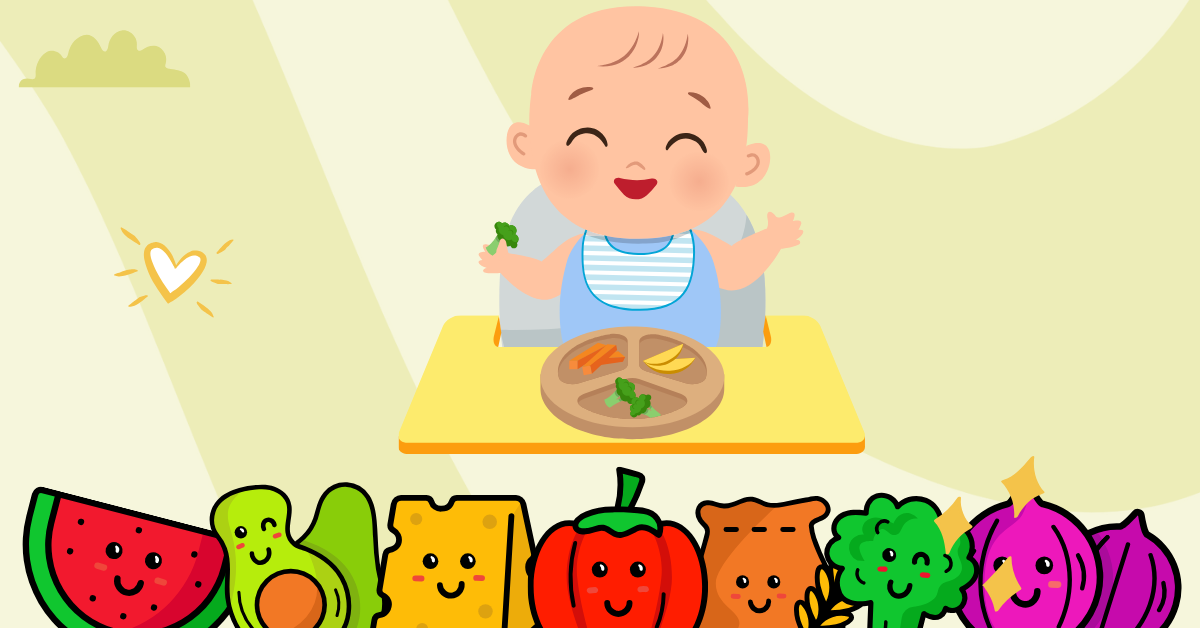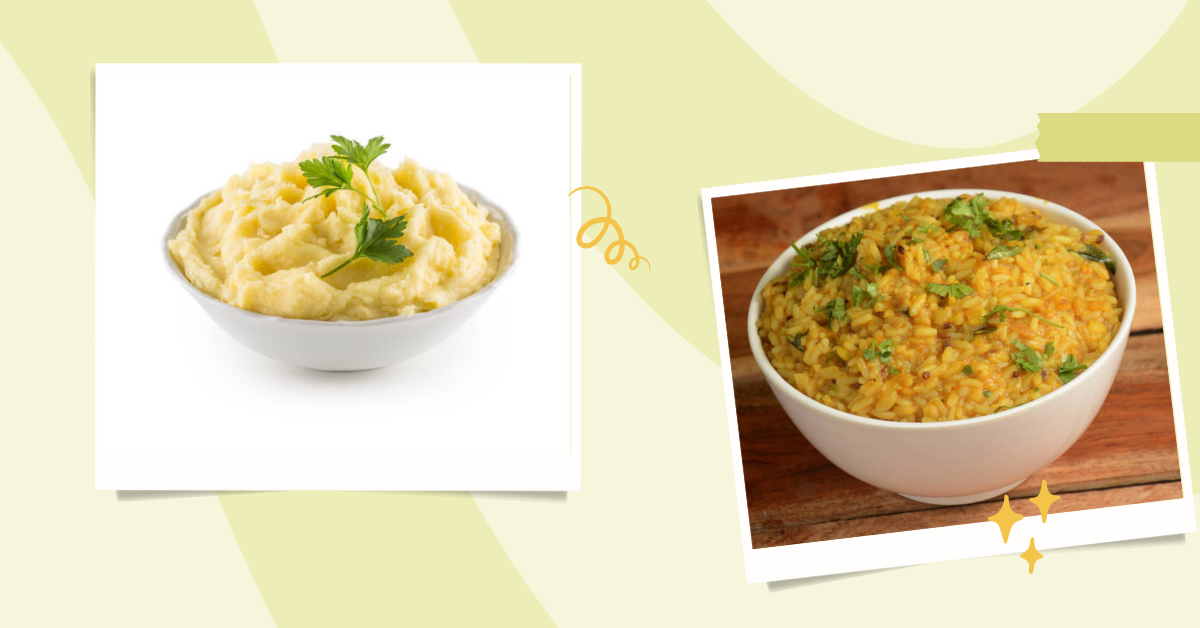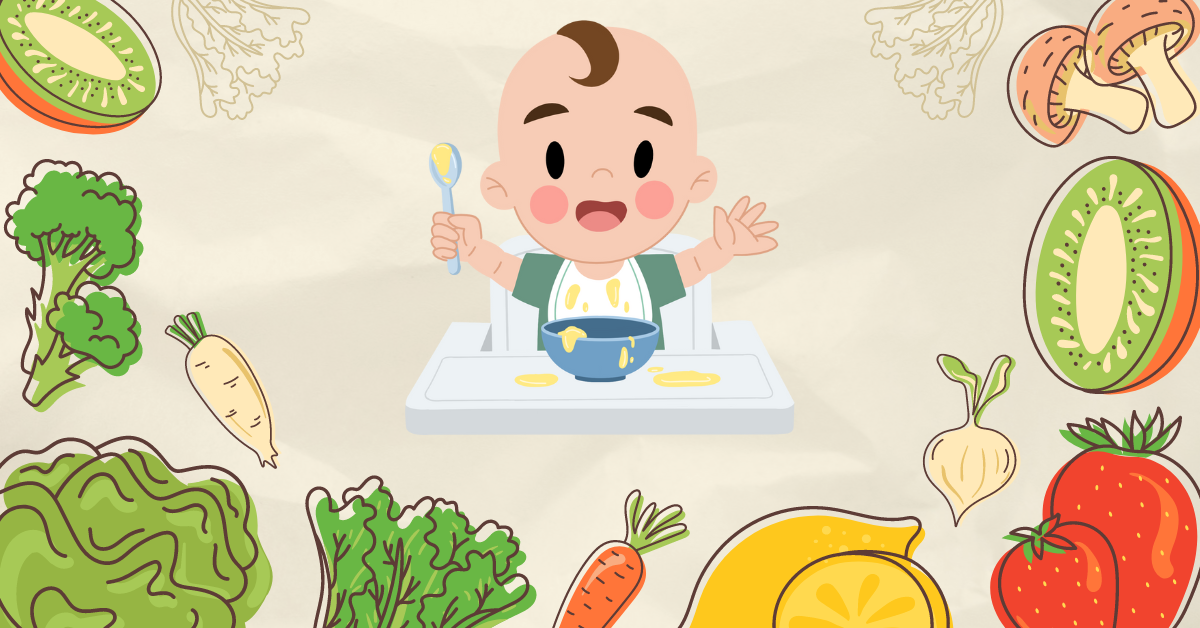At six months, we introduce small amounts of easily digestible solid foods, such as pureed fruits like apple and vegetables like carrot, once a day. Once your baby has successfully tolerated these initial introductions, they can become a regular part of their diet.
During the 7-9 month age bracket, your baby undergoes significant development, necessitating careful attention to their dietary intake. This article is specifically designed to provide detailed dietary interventions tailored to meet the nutritional requirements of babies in this crucial stage of their growth.
In this article, we will discuss
- Critical Nutrients for Optimal Growth and Development
- Meal Ideas
- Feeding tips
- Possible Challenges
At 7-9 months of age, breast milk or formula remains the primary source of nutrition for infants. However, as they become more physically active and their growth rate accelerates, introducing nutrient-rich solid foods becomes essential to meet their increasing energy and micronutrient requirements.
Iron, zinc, calcium, vitamin D, and essential fatty acids are vital nutrients to focus on during this stage. Let’s discuss each of these nutrients in detail.
Critical Nutrients for Optimal Growth and Development
>> Iron: Essential for cognitive development and immune function. Introduce iron-rich foods like iron-fortified cereals,green leafy vegetables, etc.
>> Calcium: Crucial for bone and teeth development. Incorporate dairy products like yoghurt and cheese into their diet.
>> Vitamin D: facilitates calcium absorption and supports bone health. Offer fortified foods and consider vitamin supplements if recommended by a healthcare provider.
>> Protein: Necessary for muscle and tissue growth. Introduce mashed beans, tofu, lentils, chicken, eggs etc.
>> Healthy Fats: Aid in brain development. Include sources like avocados, nut butter, and mashed oily fish.
Meal Ideas
1. Pureed Fruits and Vegetables: To introduce different flavours and textures, offer a variety of colourful fruits and vegetables, such as mashed bananas, steamed carrots, and pureed peas.
2. Iron-fortified Cereals: Start with single-grain cereals mixed with breast milk, formula, or water to boost iron intake. You can prepare homemade ceralac
3. Soft Cooked Grains: Introduce rice, oatmeal, and quinoa for added carbohydrates and texture.
4. Finger Foods: Encourage self-feeding with soft finger foods such as cooked sweet potato wedges, ripe banana slices, and well-cooked pasta.
5. Homemade Purees: Experiment with homemade purees using combinations of fruits, vegetables, and protein sources to offer a variety of nutrients.
A few dishes you can add to your child’s diet are:
1) Maize porridge with mashed banana
2) Small pieces of ripe papaya
3) Mashed sweet potato mixed with pureed spinach and a touch of palm oil
4) Cooked and mashed black-eyed peas
5) Homemade Ceralac mixed with water or breast milk
Introduce mild spices and seasonings to enhance flavour and expose the baby to different tastes. However, avoid adding salt or sugar to the baby’s food.
Feeding Tips
- Start Slowly: Introduce one new food at a time and wait a few days before introducing another to monitor for adverse reactions.
- Be Patient: Allow your baby to explore and play with food, even if it results in messy mealtimes. It’s all part of the learning process.
- Offer Water: Introduce small amounts of water in an open cup to promote hydration and develop drinking skills.
- Be Flexible: Babies may have preferences and aversions, so be flexible and adapt meal plans accordingly.
Ensure all foods are prepared and stored safely to prevent contamination and food borne illnesses. Wash fruits and vegetables thoroughly, and cook meats and eggs before serving.
Possible Challenges
- Food Allergies: Monitor for signs of allergic reactions and avoid common allergens like peanuts, eggs, and cow’s milk.
- Texture Refusal: Gradually increase the texture of foods from purees to mashed and chopped to encourage acceptance.
- Constipation: Offer fibre-rich foods like pureed pears and peas and ensure adequate hydration to prevent constipation.
- Overfeeding: Pay attention to hunger and satiety cues to avoid overfeeding and to encourage self-regulation.
Conclusion
Navigating the dietary needs of 7 to 9-month-old babies can be exciting and challenging. By focusing on nutrient-dense foods, offering a variety of flavours and textures, and being responsive to your baby’s cues, you can lay the foundation for healthy eating habits that will benefit them for years to come.








